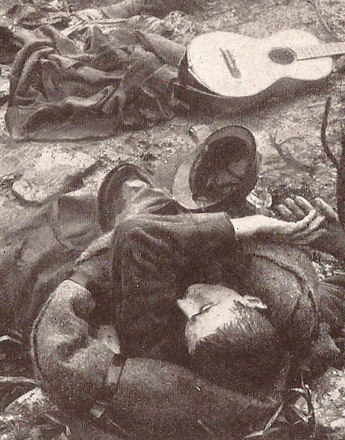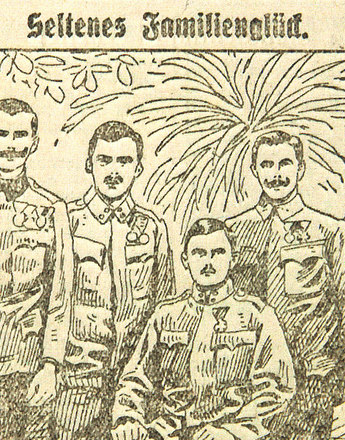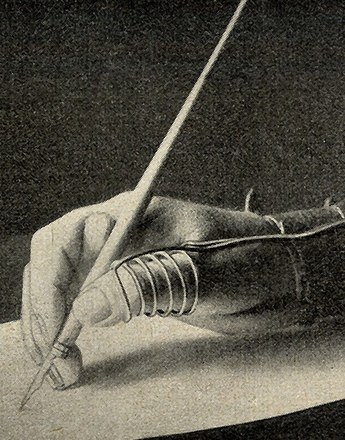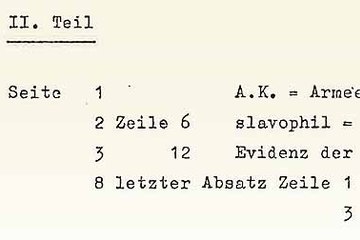Heroes or victims? War invalids and their impact on general awareness
War invalids were a conspicuous reminder of the misery of the war and of defeat at the end of it, thus always aroused very strong emotions and had to face being blamed for a great deal.
War invalids acted as an ideal projection screen. At the beginning of the war they were acclaimed as heroes sacrificing their physical integrity to emperor and Fatherland, as the wounded returning home, whose reception and care in the homeland embodied the country’s own patriotic ethos. However, towards the end of the war and after it, they were increasingly seen as unsettling victims, painfully reminding people of their own distress and defeat in the war, men who made demands and were in competition with other groups in the struggle for the meagre post-war resources. The image of war invalids fluctuated as well not only in the view of others but also in their own: they had made a sacrifice and had been sacrificed to it themselves. They were attributed with high symbolic capital, which they capably exploited, but were at the same time disadvantaged, since they had to cope all their lives with their physical disabilities, and many died an early death.
A particularly striking aspect is the employment of war invalids in the initial years of the war. Aristocratic and middle-class women realised that the care and support of wounded soldiers was a respectable and respected activity, allowing them to manifest their support of the war effort. Physicians did the same in their field and used their medical skills to great effect on amputated patients. Even the armaments industry demonstrated their responsibility for war invalids in diverse actions – for instance in setting up workshops for invalids. The general public supported war invalids financially through charitable actions and thus gave practical expression to their patriotism. In all these actions invalid veterans were merely objects of the most diverse interests.
In the course of the war their numbers rapidly increased and beggars in the city streets became more numerous – men frequently did not discard their uniforms, aware that their physical disabilities in combination with the military attribute would arouse more sympathy. This frequently caused a shift in public attitude . Voices became louder accusing war invalids of being work-shy and exploiting public charity. The tattered misery on the streets was not compliant with arousing patriotic sentiments. After the war, the functionalising of war invalids and their employment continued for very diverse purposes – whether revanchist or pacifist. The political parties always addressed this group as well in their campaigns.
Translation: Abigail Prohaska
Kienitz, Sabine: Beschädigte Helden. Kriegsinvalidität und Körperbilder 1914–1923 (=Krieg in der Geschichte (KRiG) 41), Paderborn/München/Wien 2008
Kienitz, Sabine: Der Krieg der Invaliden. Helden-Bilder und Männlichkeitskonstruktionen nach dem Ersten Weltkrieg, in: Militärgeschichtliche Zeitschrift, 60 (2001) 2: Nach-Kriegs-Helden, 367-402
Überegger, Oswald: Erinnerungskriege. Der Erste Weltkrieg, Österreich und die Tiroler Kriegserinnerung in der Zwischenkriegszeit (=Tirol im Ersten Weltkrieg: Politik, Wirtschaft und Gesellschaft 9), Innsbruck 2011
-
Chapters
- Invalid pensions, allowances for wounded veterans, state support and maintenance contributions
- The failure of private welfare
- The hospitals
- From recovery to reintegration: the training of invalids
- Work for war invalids
- Heroes or victims? War invalids and their impact on general awareness
- Forms of war injury
- Discontent and misery: war invalids get organised









